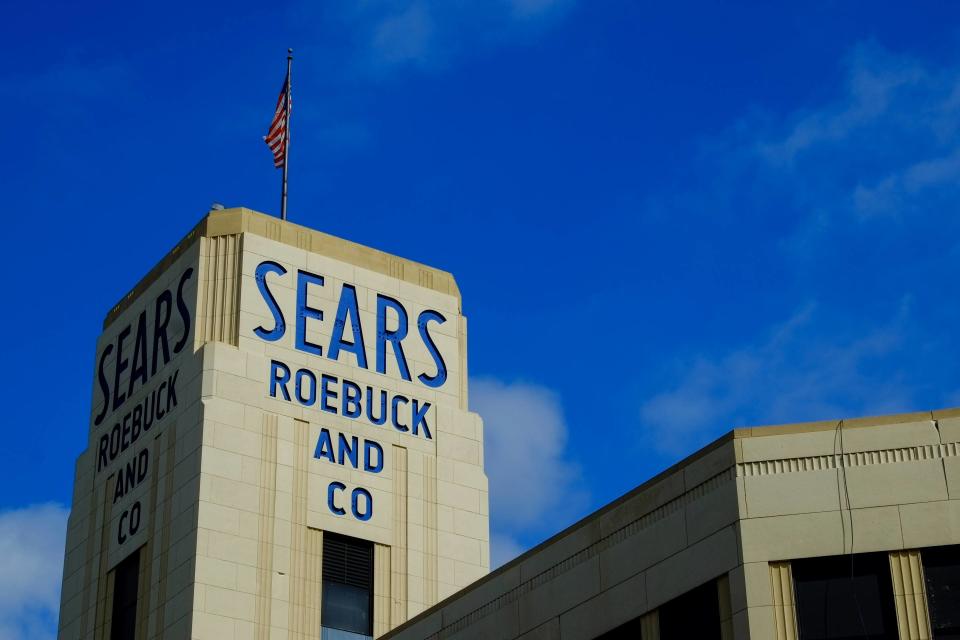Here's The Problem With Sears' New Strategy

Sears and Kmart have a new strategy, post-bankruptcy: more tools and appliances but less clothing and smaller locations.
Eddie Lampert, the hedge fund king who bought Kmart out of bankruptcy in 2004 and melded it with Sears a year later, told the Wall Street Journal that the leaner company, which has closed hundreds of stores under each brands in recent years, would allocate more space in stores to areas like tools and appliances, where Sears remains a contender despite years of market share loss, and shrink store size.
The new company, which will have 223 Sears stores and 202 Kmart locations, gives two iconic retailers another chance at life thanks to a $5.2 billion offer by Lampert earlier this month in a bankruptcy court auction.
But it won’t be easy.
Under Lampert, who was CEO between 2013 and 2018 and the former Sears Holdings top shareholder by far, the two chains withered away, with sales declining year in, year out, business hurt by a lack of investment in stores and a failure to improve merchandise assortment.
For years, Sears bled market share in areas like home appliances it had long dominated to the likes of Home Depot, Lowe’s and Best Buy, while Kmart couldn’t keep up with the rise of Walmart, Target or Kohl’s.
There are things to laud in Lampert’s plan. Apparel is a category that has long bedeviled Sears (remember its ‘The Softer Side of Sears’ campaigns from a generation ago?), and even more competent retailers like Macy’s and J.C. Penney are struggling on that side, so he is right to down play that in favor of hard goods unless Sears can come up with a compelling assortment. (That’s no slam dunk at a time even Target and Walmart are upping their apparel game.)
But one problem with hard goods is that Sears has squandered its own big lead: at its peak, Sears commanded 41% of the U.S. major appliance market. According to the WSJ, citing TraOline, that is down to about 13%. (J.C. Penney, Sears’ frequent mall neighbor, recently announced it would stop selling appliances, a category it returned to in 2016 after 33 years in a move intended to take advantage of Sears’ decline. But it didn’t yield the expected results.) What’s more, however competitive the apparel market is, it does at least yield more frequent store visits: after all, you only buy a fridge once a decade or so, but will go shop for clothes a few times a year.
His idea for smaller stores is also in tune with where retail is heading, with stores becoming showrooms and more sales happening online. Kohl’s kss has shrunk the selling area at hundreds of stores, while Target has opened dozens of successful smaller format locations. Post bankruptcy, Sears has much cleaner finances and flexibility to do that but it will also have to get landlords and vendors on line. (Lampert himself told the WSJ that mall owners “were not rooting for the company to emerge from bankruptcy.”)
The situation is not hopeless: after all, Sears and Kmart remain large retailers with established clienteles, and are no longer choking under debt. But as years of sales declines (Sears Holdings didn’t have a single year of sales growth) have shown, many shoppers have moved on. It’s still not clear what Sears can offer them that they can’t find elsewhere.
